The Elizabethan era is called a golden period in England. During her reign, the country prospered, and the country's status elevated. The trade flourished, and England became a popular name all over the world. Other areas also bloomed during Elizabeth's period, such as music, arts, theatre, etc., in England.
Additionally, those who set out in search of trade and adventure brought home fantastic news and discoveries. Do you like to keep yourself refreshed with such information about the royal family? Here are some fun facts about the Elizabethan age that will surely surprise you.
The royals had a thing for sugary foods
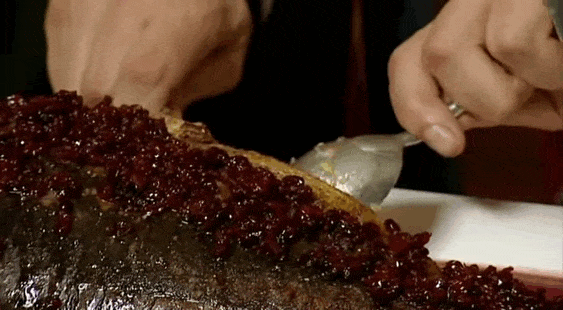
The royal family liked to show off their wealth. Everything they did or purchased was a way to flaunt their wealth. One such thing was their love for sugar. While the price of sugar was soaring high, ordinary people used honey to sweeten their food. The Queen liked to consume tons of sugar too. One of her favorite dishes was a rabbit glazed in sugar sauce, which is a bit strange.
Hence it is said, "Too much sweet is not too sweet for your body." Eating a lot of sugar decayed the Queen's teeth, and it almost made them call a dentist.
Deadly cosmetics
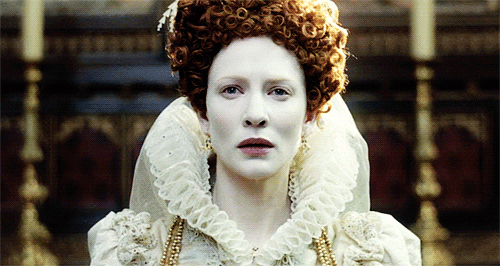
The beauty norms are already unusual in modern times, be it getting your eyebrows plucked or visiting salons for painful body waxing. Way back in the Elizabethan age, women used to whiten their faces with a lead-based beautifier called Ceruse.
The phrase "good looks could kill you" was relevant in this case as it is evident that lead is poisonous and could lead to death. But as they say, looks always come first. Additionally, another version of such beauty cosmetics was the 'barrows grease,' also known as the pig's fat. They dried it in the sun so that it turned into a white color.
Donning an overly stuffed codpiece to show off manliness
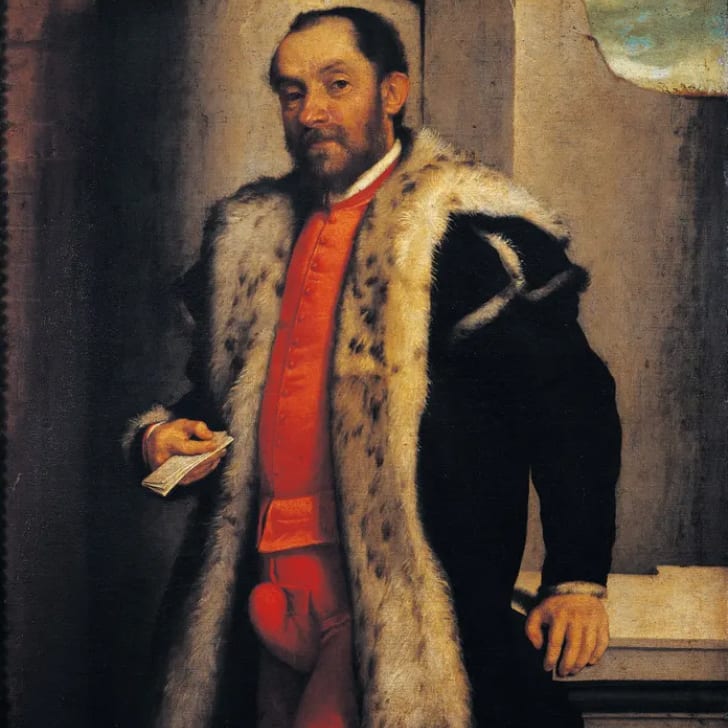
Wearing a stuffed codpiece was once in vogue during a brief period of Elizabeth's reign. One can say that it was a way to portray their inner manliness or perception of themselves. They inserted wool into the codpiece to make it look erect. Some claimed that men tried to cover their insecurity by this fashion trend. Moreover, the men with small reproductive organs tried to boast themselves by wearing it as an accessory.
Ultimately the Virgin Queen did not like it much. Thus the so-called cultured ones overtook the crazy codpieces. Hence with passing time, the trend became out of fashion.
Flaunting thy body

One can not even imagine a time during the Queen's reign when everyone was open-minded.
The women of that period liked to show off their bosoms and wore deep neck dresses. Wearing a corset underneath a dress was in vogue to make their bosoms look round and firm.
Even men used to show off their well-fed daughters by keeping up with style.
French ambassador once shared his experience of meeting the Queen. He said that she wore a low neck dress and even tied her petticoat lower than her navel on one occasion. Additionally, it is hard to accept that the Queen, who was so religious, loved to show off her skin.
Women lured men with stewed prunes.

Do you think that the drinks in your local bar are overpriced? Let's go back to the Elizabethan age. Stewed prunes were sold at brothels during the Queen's reign at a price of what you would pay for a glass of costly champagne at a bar.
People assumed that it was like a lovemaking potion and could increase your strength. Hence they believed that there is nothing more enticing than a sizzling bowl of prunes at the end of the day. At last, the only way to make a woman happy is by eating it, even if you have to waste the rest of your day in a toilet regretting it.
Unhygienic way of life

The people during that period paid no attention to their health and wellness. Even their surroundings were so pathetic that one could see open drains on the road. The people bathed almost once or twice a week, which later became a reason for the bubonic plague.
The cities were overpopulated and filled with filth. The least a person did as a daily ritual was wash their face with water. The royals were immersed in their luxurious lifestyle and amassing more and more money than they did not worry about paying any heed to the ordinary people. Even they did not try to educate them about the importance of health and hygiene.
Sea Life was worse.

Scrolling through the pages of history, one can see that England procured most of its wealth through the sea routes as it was the most advanced ones. But life on the sea came with its own set of challenges. Other than the tough sea life, the sanitation was abysmal.
The only food item they carried was preserved meat, which made their health decline. The people did not keep themselves tidy, and so they fell trap to life-threatening diseases. Even the animals on the ship used to poop around, which added to the poor sanitation. Hence the period of exploration turned into a horrible time for the sailors.
A-frame for the crazy neck ruffs
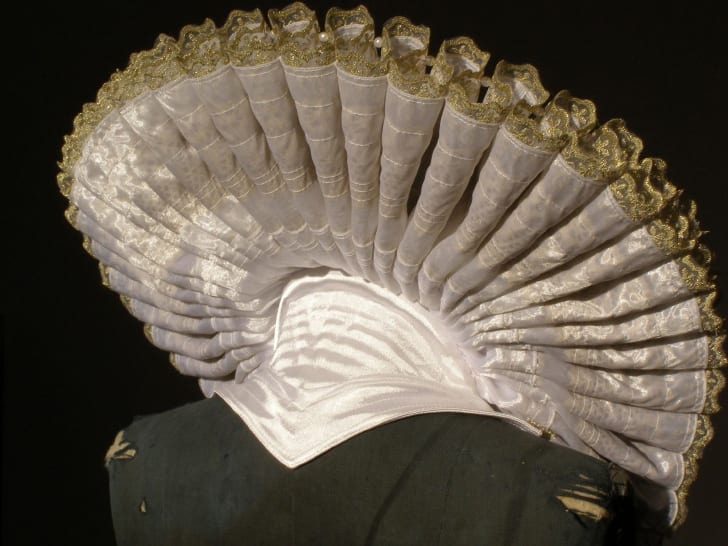
As if the codpiece wasn't strange enough, the neck ruffs were also made into an insanely large size. Ruffs were considered a symbol of royalty and power among the people of that time. The stiffness ultimately made their posture upright and firm. Ruffs contained almost six yards of material with up to 600 pleats. Additionally, these were embedded into a frame through wires. They did the design with lace, which was costly during that time.
Sometimes when there was a storm, these huge neck ruffs made them fall by accident. It turned out to be a hilarious scene for the commons.
Washing had to be done with hands.

Wouldn't it be hard to imagine wearing unwashed clothes for more than a day, especially if you are a cleanliness freak?
During the Queen's days, there were no ways of washing precious cloth materials like gold, silk, and satin. The small stains needed to be removed with a sponge or perfumed with orris root for fragrance. Some even used rose powder to get rid of the stinky smell. Moreover, nowadays we are lucky enough to have fabric conditioners and washing machines to maintain our expensive clothes. We can even afford to give our clothes away for dry clean. Hence modern technology has made our lives more comfortable.
A lamb's head was considered a tempting meal.
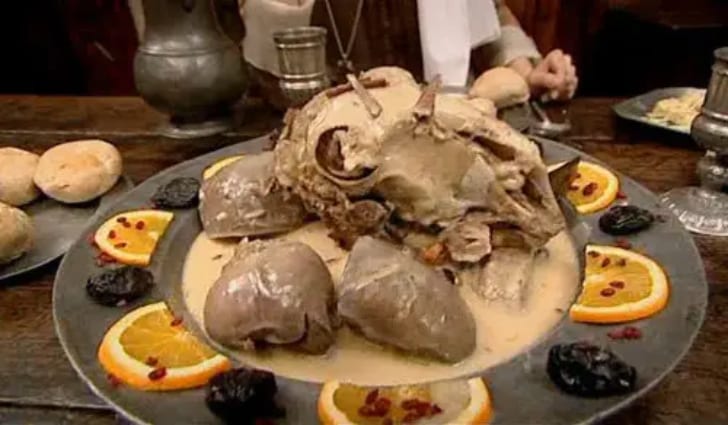
During the earlier times, Elizabethans didn't like to waste any food literally. Some of their favorite dishes were a boiled lamb's head surrounded by its various internal organs. The dressing of the dish was done with dried raisins and fruit. Their diet mostly included freshwater and sea fish such as salmon prepared using their feet and heads. It's hard to imagine eating such bizarre items in modern times.
Nowadays, people have started switching over to a vegan diet as a habit to keep themselves healthy and active. Even with the increasing awareness about the vegetarian form of the diet, people have started to reduce meat consumption.
Tomatoes were rumored to be toxic.

The people were suspicious about eating fruits and vegetables. In his book" The Castel of Helth," a famous writer named Sir Thomas stated that consuming fruits and vegetables can make you unfit. Fresh fruit and vegetables were not considered suitable for health.
Otherwise, fruits and vegetables are a rich source of vitamins and proteins in our diet. It is hard to imagine a nutritious diet without including them. Even tomatoes have numerous health benefits, such as they are rich in vitamin C and K.Even tomatoes are known for being a basic ingredient and adding flavor to prepare delicious food. On top of that, it is hard to imagine how bland their food must have been.
Elizabeth hired her magician.
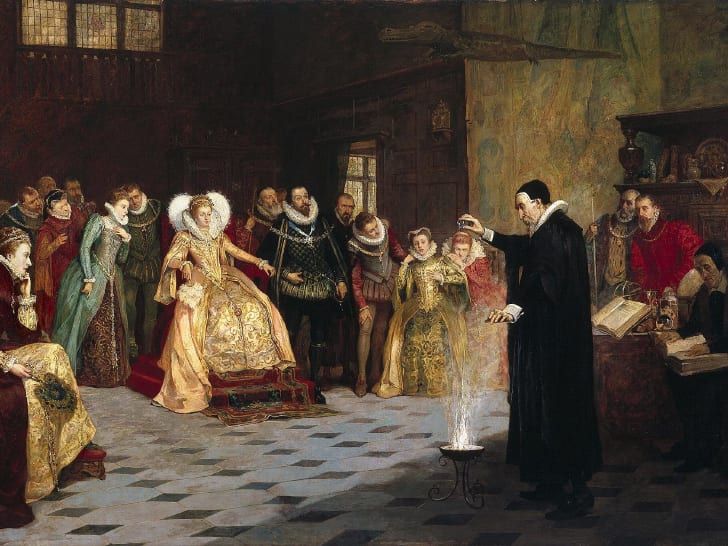
While some people argued about the validity of certain scientific facts, the belief in witchcraft and superstition was still alive. Even the Queen was fond of magic tricks and had her conjurer.
John Dee is one of the famous magicians of the Queen's era. Along with that, he was also a gifted mathematician. His extensive knowledge about supernatural powers made him very popular. He used to make horoscope predictions for the royal highness as well. As people became more educated, conjurers were no longer given recognition in society. Thus he breathed his last in London. His burial place is still not known to people.
Begging and idleness were prohibited.

The royals did not pay any regard to the poor in society. It was also illegal to be unemployed. Under a law known as "setting the poor to work," idlers who were fit for work were forcibly taken on menial work for a low wage.
If they denied doing so, they were classified as "idle poor" and given a punishment of imprisonment. Hence it is saddening to imagine how the plight of the poor must be.
Nowadays, it's illegal to force someone to work who is less than 18 years of age. Especially if you are a child, you cannot be forced to work.
On top of that, even beggars are very common nowadays.
There were plenty of sheep.

As the population was not much, most of the land was occupied by sheep. Pasture and parks formed up around 30% of all English land. Thus you could see tons of sheep all around.
The country's primary income at that time was the trading of wool. During 1564, cloth and woolens made up 81.6% of England's exports. Moreover, they used to sell their wool to many countries around the world. Hence this sheep business helped people earn substantial income, which proved to be beneficial for the economy. Additionally, counting sheep must have been a great way to put children to sleep during those times.
Small-sized sheeps
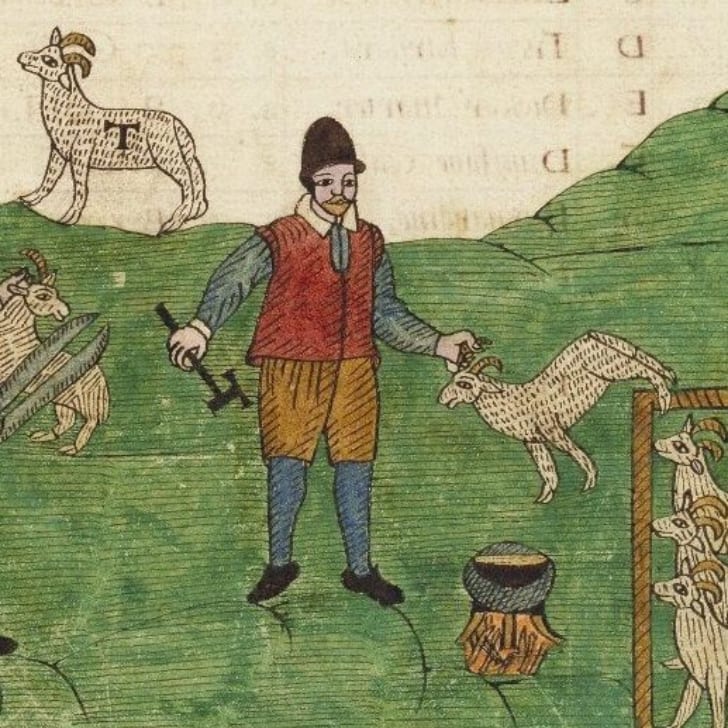
In 1600, an average sheep weighed 46 pounds; these days, it is about 120 pounds. The modern rams can weigh up to 350 pounds.
They were the size of fluffy, medium-sized dogs, which signifies that it may require a large number of ewes to make a coat. Thus an ample of small sheep were required to earn a handsome income during that period. Even these animals required a lot of care as the numbers were huge, so people might have got a way to earn money by making it a career as well. Moreover, the wool from sheep helped to make a mark in the international market as well.
Death at the price of 10 pennies

The Elizabethan period was harsh in terms of sentencing the poor. A price of ten pennies was paid for executing the miserable. While the country's condition was already deplorable, poverty made the situation worse.
People were deprived of their basic amenities and had no income source; thus, they had to switch over to illegal methods like robbery to survive. The penalty for robbery was hanging by death, and no one was spared. The murders were hung on walls as a punishment. The royals were only interested in amassing more wealth and thus neglected their citizens. The royals made no changes to uplift the condition of the miserable.
The population of London was about 200,000
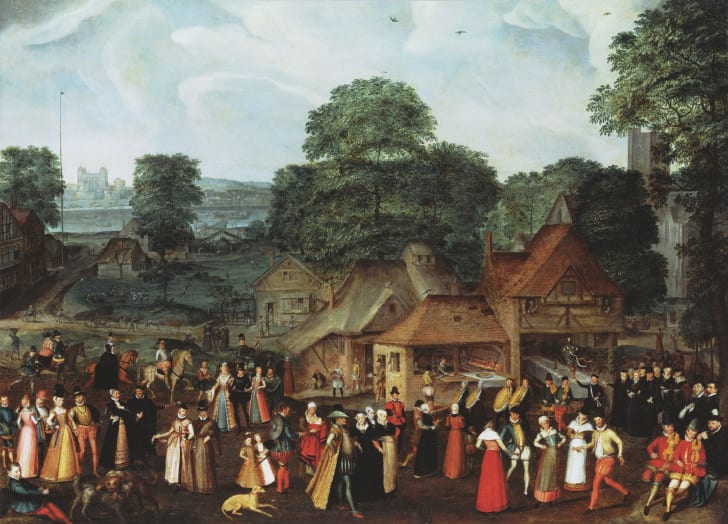
The population of London was 2 lakh as compared to the 9 million population today. It was also known as the second-largest town after Norwich, with only 15,000 inhabitants.
Furthermore, York was in the third position with 12,000 people. While in England, most of the land was uninhabited.
While the poverty rate was on the rise, people moved on, searching for a better life for their families. Later on, as trade began to advance, London's population began to rise rapidly and provided a way of earning income to people. Hence it became a hub of cultural and economic activities of the country.
Water was more consumed than beer.
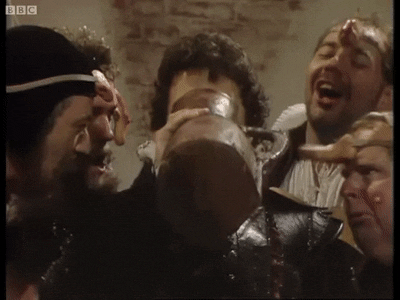
Water in England was contaminated, so everyone in England drank beer instead. Even children drank "small beer," also known as weak ale.
People consumed more than a gallon of beer a day. Drinking contaminated water had a detrimental effect on their health. Some households even prepared beer at home to save money. Hence it made the people of Elizabethan age addicted to drinking it. We all are aware that replacing water with beer is not beneficial for your health. Beer even leads to obesity, which was a common problem among people at that time. Especially children under the age of 25 should not be allowed to consume it.
Cock ale was widely popular.
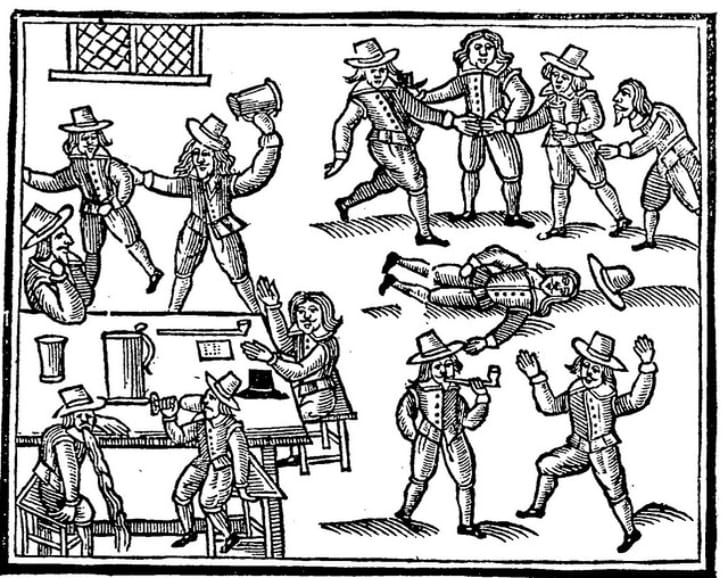
Have you ever dreamt of getting drunk by drinking chicken soup? If yes, you should go for some cock ale. Cock Ale was a prominent drink during 17th and 18th century England. The people used brown bowls and wooden bowls to drink it.
To prepare it well, "Take a Cock that should be skinned, and you need to boil him well; after that, take four pounds of Raisins, three nutmegs, mace, half a pound of juicy dates, and two quarts of the best wine. Additionally, as the water was poor in quality, people switched over to other drinks. Cock Ale was best known for treating the common cold.
The Queen ruled for almost five decades.
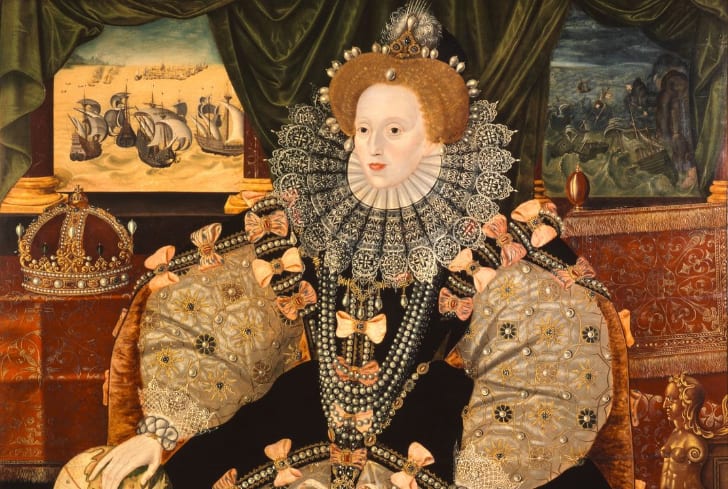
One of the most historical times in England's history was when the Queen became the supreme ruler. Her reign lasted about 45 years, from the year 1158 to 1603. The Queen was a firm believer of the church of England and strived for pope supremacy.
Hence, under Sir Willian Cecil's guidance, she established a permanent catholic church in England. She came into power the same year to have absolute power over the church and England's country. Despite opposition, she turned out to be one of the strongest rulers in the history of England. Her reign brought many changes in England, which proved beneficial for the country.
The Queen was the patron of Shakespeare.
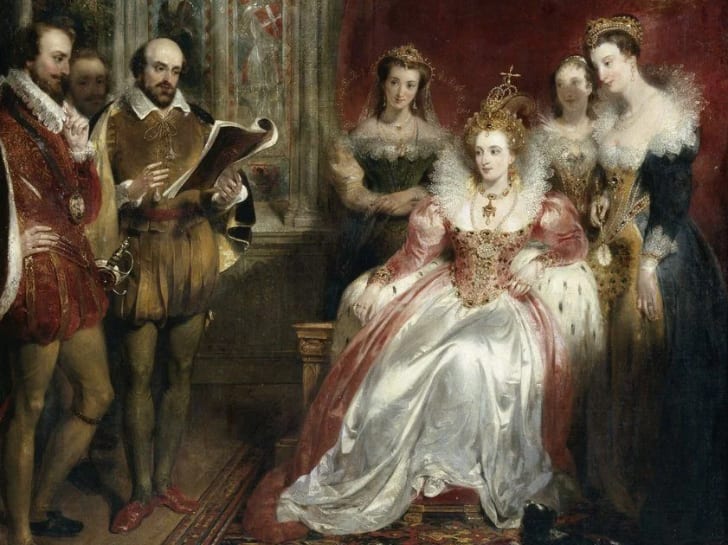
It is a widely known fact that the royal family has been fond of music and arts. Both the Queen and his father enjoyed watching theatre plays as a leisure activity. Shakespeare is also known as the father of literature and culture.
He is regarded all over the world for his notable literary works such as Romeo and Juliet. Shakespeare was the Queen's favorite. The Queen even had her theatre group.
Additionally, she even sponsored many plays in London and took the country's arts and literature to great heights. During the end of her rule, Shakespeare even published his first play, Henry IV.
Division of the society
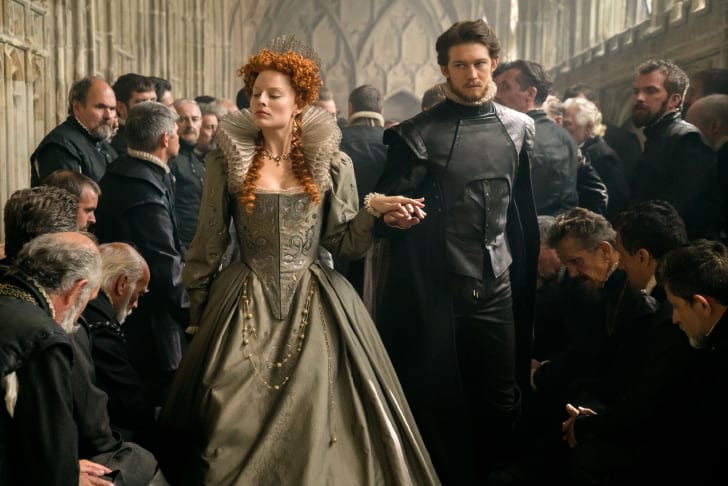
The bifurcation of the society was initially done to improve the economic status of the country. The society was divided into different classes such as the royals, nobility, clergyman, yeoman, etc. Some people say that it was a way for the royals to show themselves superior to the ordinary folks. All the classes wore different colored clothes so that a glance can recognize them.
The attire worn by the royals and aristocrats was accessorized by jewels, which made them distinct from other classes. Moreover, it even created a sense of injustice in the society as the upper ones oppressed the lower classes and treated them poorly.
Travelers brought innumerable cuisines to England.
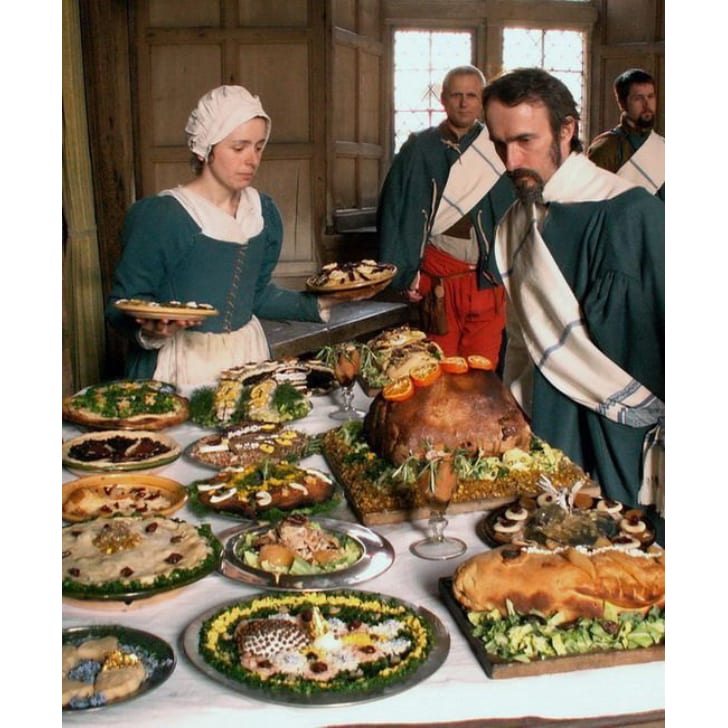
The search for a new world made the travelers discover new cuisines and food items as well. Some of the food articles were not available in the country due to the unsuitable weather, and even the agricultural methods were not developed. Even the country's food was bland and dull as they had not discovered food enhancements such as spices.
Hence Adventure seekers brought many culinary enhancers to England from all over the world. Such as tomatoes, spices, chocolates, and avocados, etc. On top of it, it added spice and charm to their food and made them more eager to discover the new world.
Ban on witchcraft in England
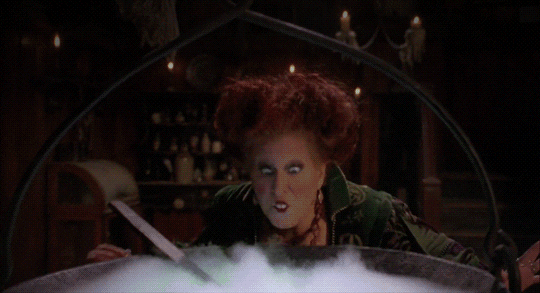
Taboo and superstition have always been a part of every society. Society in England in the 18th century was exposed to witchcraft, which led to countless deaths, mostly of the upper classes. Some claimed it had a political agenda behind it or a feeling of revenge against the higher classes. More than 1000 people fell trap in these rituals. Most of these people were middle-aged women. Hence a trial of the ordeal was performed on these women as a punishment.
Ultimately a law was passed which forbade witchcraft, and many witches were executed by hanging on walls or starving them till death.
England became the Queen of the seas.
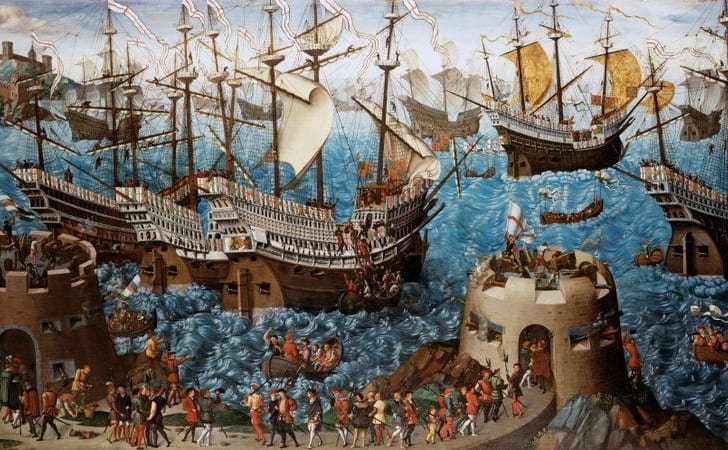
England emerged as a strong naval power during the period of Elizabeth. The country had the most advanced naval system during the reign of the Queen. Additionally, it helped the adventure seekers discover new places in the world for trade and cultural exchange. The sea route helped amass great wealth from the other parts of the world like India, which was famous for its spices and precious metals. It also helped them establish colonies in other countries.
Additionally, it made the rule of the Queen even more powerful and vast. Hence England emerged as an influential country amongst its neighboring countries.
The paper form of money was not in use.
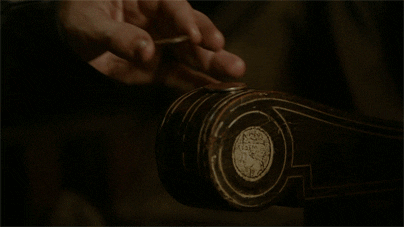
During the Elizabethan period, the paper currency did not exist. Instead, the currency was in the form of metals such as gold and silver. This currency was made by hand using stamps, unlike today, where our currency is machine-made. The value for the coin was calculated based on its weight, while today, we can easily calculate it using the number mentioned on it. Almost 260 pennies were equal to one pound value.
Furthermore, the guinea came into existence in the late 17th century. After that, the lighter currency was introduced, which could be easily carried. Some of the most popular coin names were an angel and the crown.
Elizabethan age was full of superstitions.
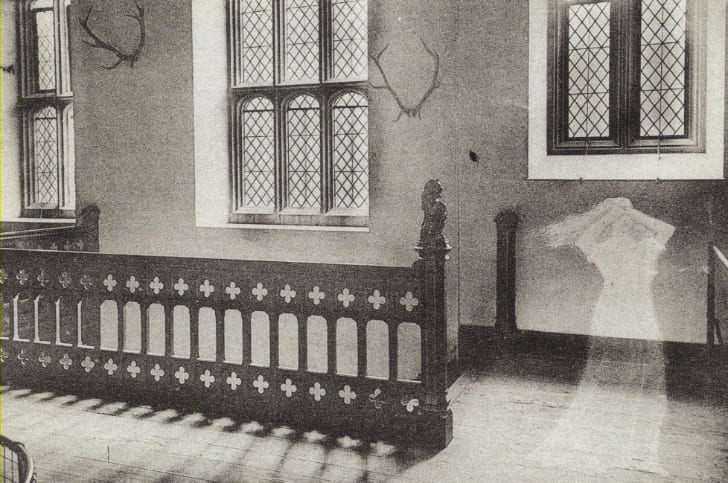
You might have heard many ghost stories from your grandparents, which are still popular and believed to be accurate. These stories keep on passing from generation to generation.
Similarly, during the reign of the Queen, many taboos and superstitions were alive. People believed that many historical places were haunted by the ghosts of people who died by accident or fraud. Many people in Windsor castle reported paranormal activity as they claimed they saw the ghosts of previous rulers. Reports were prevalent that the royal Queen's ghost haunted the castle. Moreover, some people liked to spread false rumors around the city for the sake of leisure.
The Queen was fond of poems.
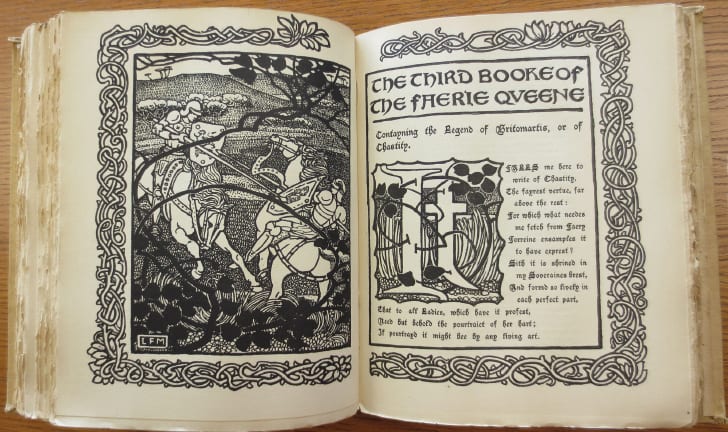
The Queen admired art and poetry. She was a strong supporter of the liberal arts and culture and even sponsored many events. The Royal Queen's love for poetry was an escapism from the hectic royal life and its restrictions.
The poet Edmund Spencer in his poem "The Faerie Queene," immortalized and glorified the works of the royal Queen. He praised her for raising the standard of England among other countries and increasing the wealth of the country. Elizabeth became an inspiration for many great literary pieces, and she is still remembered for her works through literature and history. Additionally, she even sponsored many talented writers to encourage literature writers in her homeland.
Wedlocks in the Elizabethan era
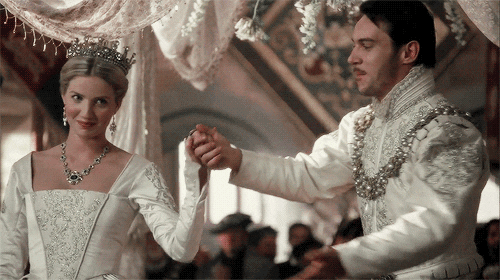
Marriages during those times took place according to the church rules and were registered in the parish register. Most women used to marry men who were of a higher age than them. The couples who thought about getting married needed to save up their earnings for their future, while those who were rich married early in their lives. The rich had no problems while starting a family because they had all the luxuries.
Additionally, the parish register reveals that many children were born out of wedlock or a few months before their parents decided to tie a knot. The sacred church punished the unmarried women who had illegitimate children.
Women were treated at par with men.
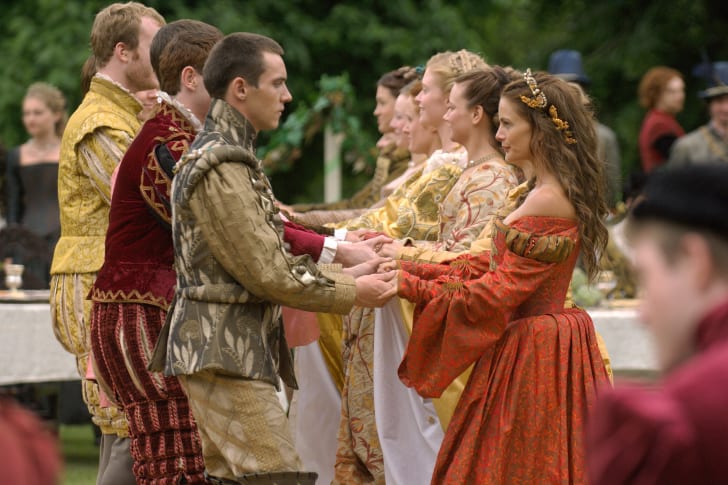
It is fascinating to know that the women of the Queen's reign were not treated awfully. The condition of the women was better at that time. Hence the sense of injustice or patriarchy was not completely prevalent. Women were engaged in fieldwork and did small jobs in industries. However, certain elements were still there. Such domestic violence was still prevalent among many families. A strict order was there against wife-beaters, and the accused were severely punished.
Even a housewife who used to complain a lot was fined as per the royal Queen's orders. Thus we can say that she tried to give equal status to people despite their gender.
Life of children in the golden age
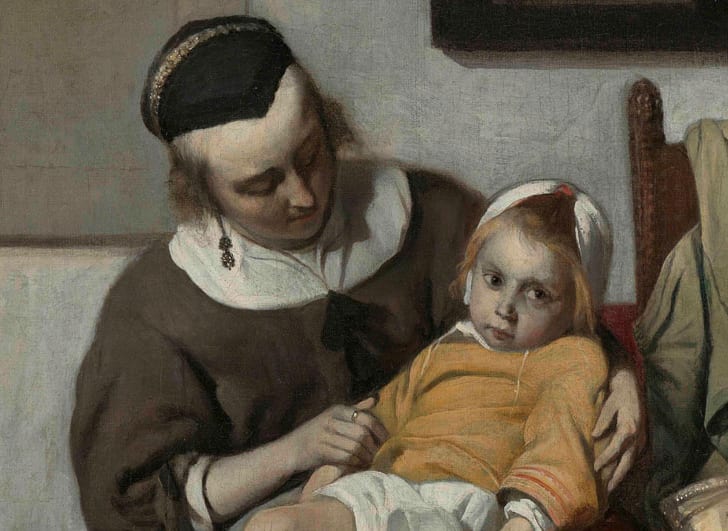
The golden age experienced a high infant mortality rate as many children died before attaining ten. The low-income families had many children, and many used to die starving or lack of care. Additionally, they did not have enough income sources to get medical treatment for them.
On the other hand, many elite families hired special nurses to take care of their children. Those who belonged to the upper classes went to their schools. By the time they reached the age of seven, the children had used to set off to work as apprentices. Since the poor could not afford schools, the parents made their children work at farms.
Miserable lives of the poor
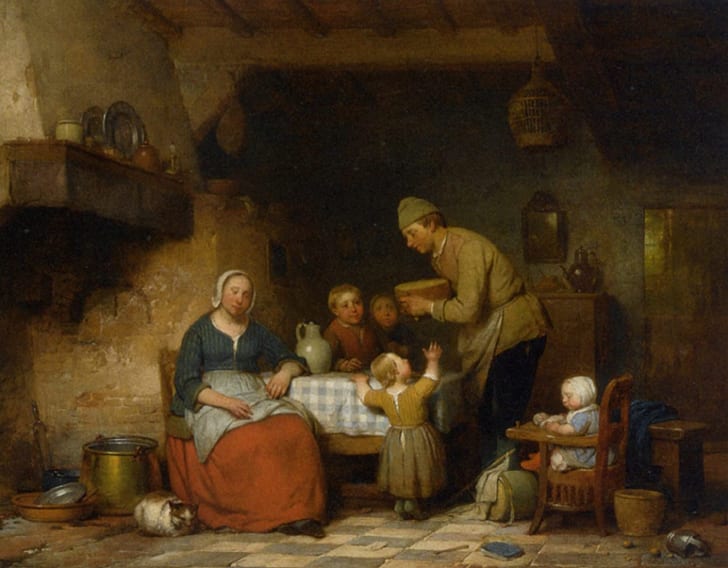
In every society, the poor are always the most neglected ones. Similar was the case during the Queen's reign as no facilities were given to uplift the poor's condition. The royals lived their lives with utmost comfort while the poor died starving during the period. A rise in poverty was observed during the Queen's initial days.
While nowadays there are policies to support the economically weaker section, earlier there was no such thing. The royals made people believe that the difference in the poor's conditions of life and the rich was appointed by divine power. Some believed that it was their destiny to be born poor and lived with the misery.
Improving economic scenario

Growing prosperity was also observed that the economic situation started to improve, especially for the landowners and traders with passing the time. The life of the gentry became prosperous during the early 16th century.
As the population increased, the trade developed immensely. As an after effect, the inflation in food prices took place. Other than this, wool began to be produced at a much higher rate and exported to other countries. The Queen even gave assistance to merchants and entrepreneurs who wanted to sell their products to international markets. Even the East India Company brought wealth to the country by trade. Hence the economy started to rise.
The difference in opportunities based on region
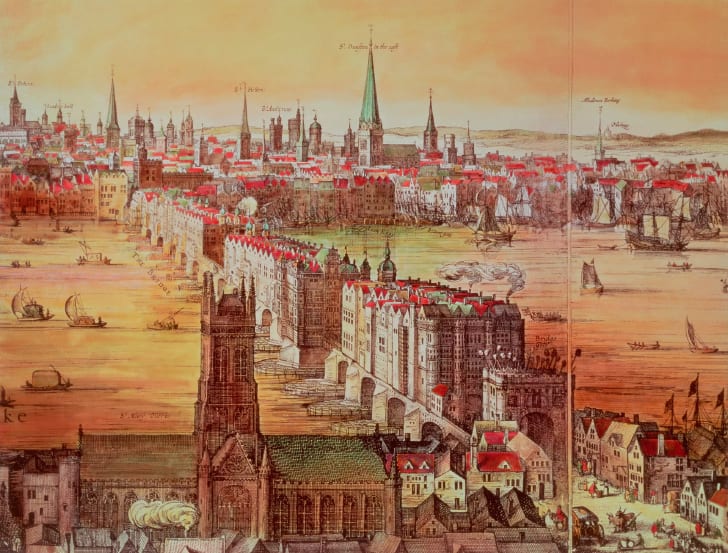
As most of the area was blanketed by villages, the primary occupation of people was agriculture. The technology was not yet advanced, and so industrialization hadn't taken place yet. The area that people lived in determined the facilities that they could obtain. The most flourishing towns were down in the south. London was the hub of commercial activities, and thus its population increased during the Elizabethan age. Additionally, many people settled in London in search of better sources of income. While those who were still in the other areas failed to sustain their daily wages. Hence there was a difference in prosperity across the country.
A ray of hope for the poor

Initially, people assumed poverty to be the fault of the poor. But this negligent attitude slowly started to change when the Elizabethan poor law was passed in 1601 during the end of the Queen's rule. The government left no stone unturned to uplift their lives and helped them find a better livelihood. Mostly this law was initiated to prevent the ever-increasing crime rate and make the roads safer.
Furthermore, prevention from life-threatening diseases was also a reason for the law. Additionally, this proved to be a sigh of relief for the poor, and the illegal activities were reduced to a great extent.
